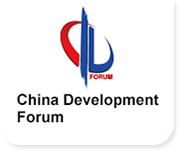Back to Background Reports List>
Prevention-Treatment Integration: Healthier People and a Stronger Economy
Executive Summary
Download attachments:

